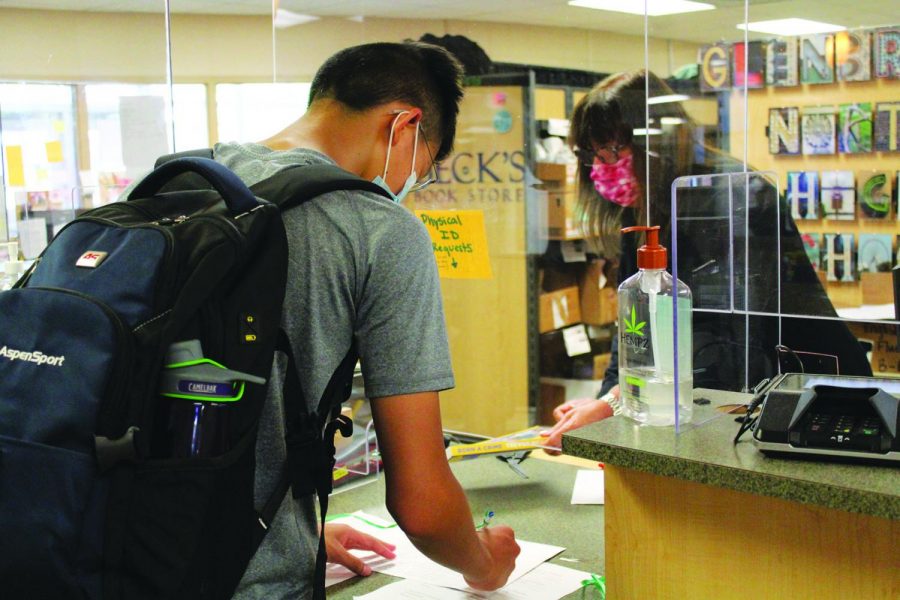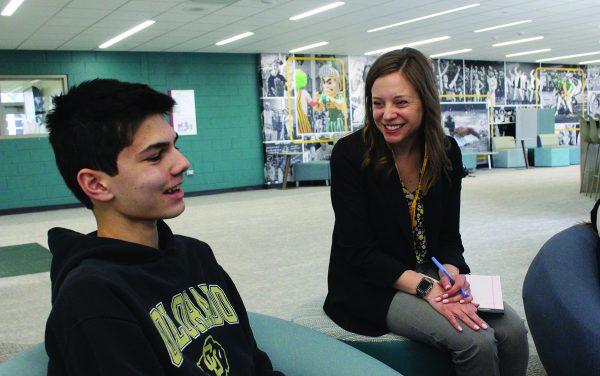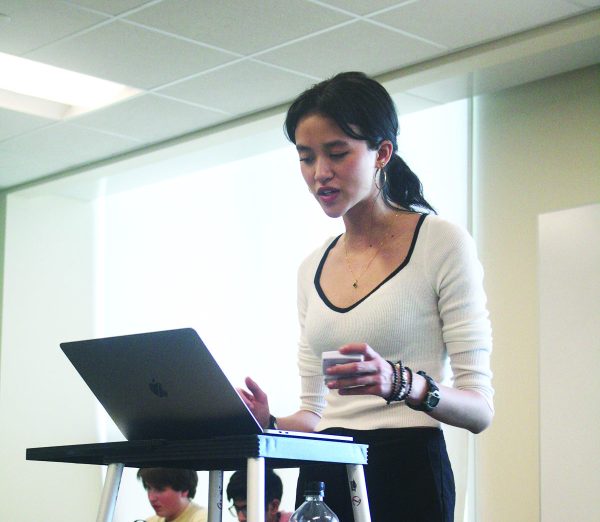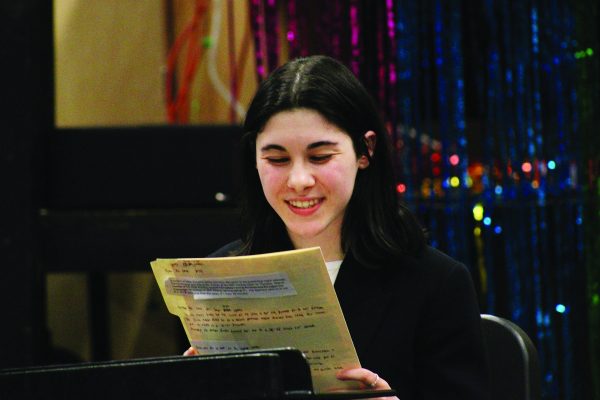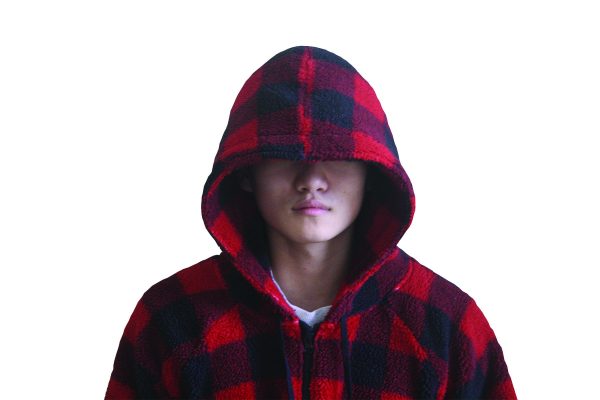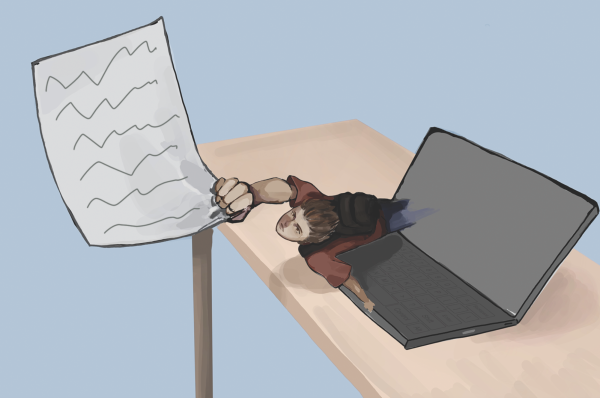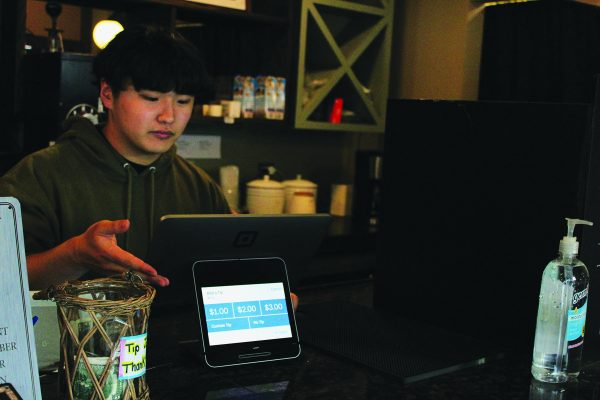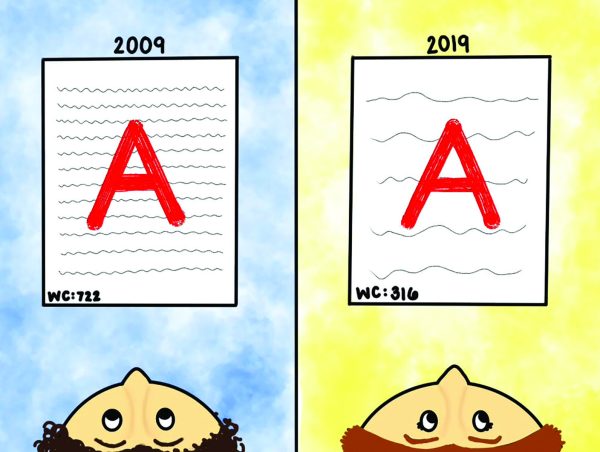Textbook purchases undergo major changes
$184 for all required materials
Starting this year, all students are required to pay a flat fee of $184 for instructional materials instead of purchasing materials on their own.
The fee was implemented to ensure the predictability of yearly prices for parents, make material prices as low as possible for families and make sure students have all of the resources they need starting on day one of the school year, associate superintendent R.J. Gravel said in a video conference.
“My goal is that we will continue to decrease [the fee], if possible, by $10 to $20 minimum each year,” Gravel said.
The fee covers novels, workbooks, print and digital textbooks and other course kits. The fee does not cover Chromebooks, graphing calculators, P.E. uniforms or heart rate monitor straps.
According to senior Suzana Mrozowski, in previous years she would look online for cheaper options of the more expensive textbooks on her list of required materials from Beck’s Book Store.
“[The new fee] was just more convenient for me because I didn’t have to spend time trying to find less expensive versions of super expensive textbooks,” Mrozowski said.
Students either received a digital textbook or a print textbook this year. The two different options for print textbooks as well as books are ones students must return and ones students can keep. Returned textbooks are redistributed to students the following school year.
A sticker on the cover, spine or inside cover indicates if the book must be returned.
Parent Jennifer Bruns said in a phone interview that she was frustrated to see what was included in her son’s package this year aside from his two digital textbooks. She previously paid no more than $85 per year for her kids’ books.
“There was a pair of goggles,” said Bruns. “That [is] the third pair we now have in our house. And there was a teeny, tiny book that retails for $11 on Amazon that we already own.”
According to Gravel, he understands how a student’s instructional material fee might be more than the cost of the materials necessary for the year.
“When we encounter and look at that from a four-year perspective, we think that the fees will average out, especially with our commitment to continue reducing the fee every year,” Gravel said.
“If there’s feedback that students have of what works, what doesn’t work [and] areas that we could explore, I would encourage them to reach out and share that with their teachers [and] the instructional supervisor of [the teacher’s] department.
“That feedback is really what helps make these procedures better,” Gravel said.


